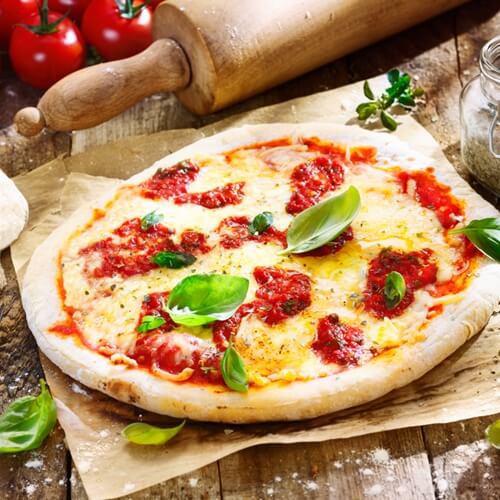Pizzagate Raises Valid Pizza Concerns
The newly-elected New York City mayor ate pizza with a knife and fork, and everybody had something to say about it. During a trip to Staten Island pizzeria Goodfellas, mayor Bill de Blasio committed his first “scandal” in office. People from across the food world have had a lot to say about the so-called Pizzagate, inciting heated debate on the proper way to eat a New York pizza.
The scandal
De Blasio defended himself by citing that the traditional Italian way of eating pizza is with a knife and fork. Being ancestrally Italian, de Blasio claims to inherit a certain tradition of pizza consumption that may reside slightly outside of the American norm. New York pizza purists were not impressed.
Anti-forkers
Jon Stewart took to his nightly satirical news program, the Daily Show, and offered up a veritable tongue-lashing of the mayor’s transgression. The sentiment was echoed by Albert Berneko, a writer for Deadspin, who emphasized the use of a fork as a mindless acquiescence to our feudal overlords, when in fact our hands are the superior tool, especially now that we have the good sense to wash them daily.
Pro-forkers
However, it wasn’t a complete de Blasio bashing. LV Anderson for Slate defended the mayor’s actions, claiming that attacks on utensil-aided pizza eating are really attacks on an individual’s claim to manliness and populism. The implication here being that calling someone out for eating pizza with a fork is really just calling them a “hoity-toity fru-fru” member of the elite. Anderson calls for a contextual approach to pizza consumption where considerations of the crust’s architectural integrity become the main factor.
The heart of the debate
This introduces what Anderson refers to as a more pressing debate: How thick should pizza crust be? Pizzas notoriously range from having thick, bready crusts that offer optimal structural support to thin wafers that, once burdened with greasy, melted cheese, immediately give, sending all the delicious dairy to your lap in the process. Not only is fork use dictated by where the pizza lands on this spectrum, but perhaps pizza quality is as well. While traditionalists may point to the Italian use of a fork and knife as indicative of a preference towards a thinner crust, the question we must consider when making pizza is whether thickening the crust is an improvement or a detriment. And if it is an improvement, how thick is too thick?


